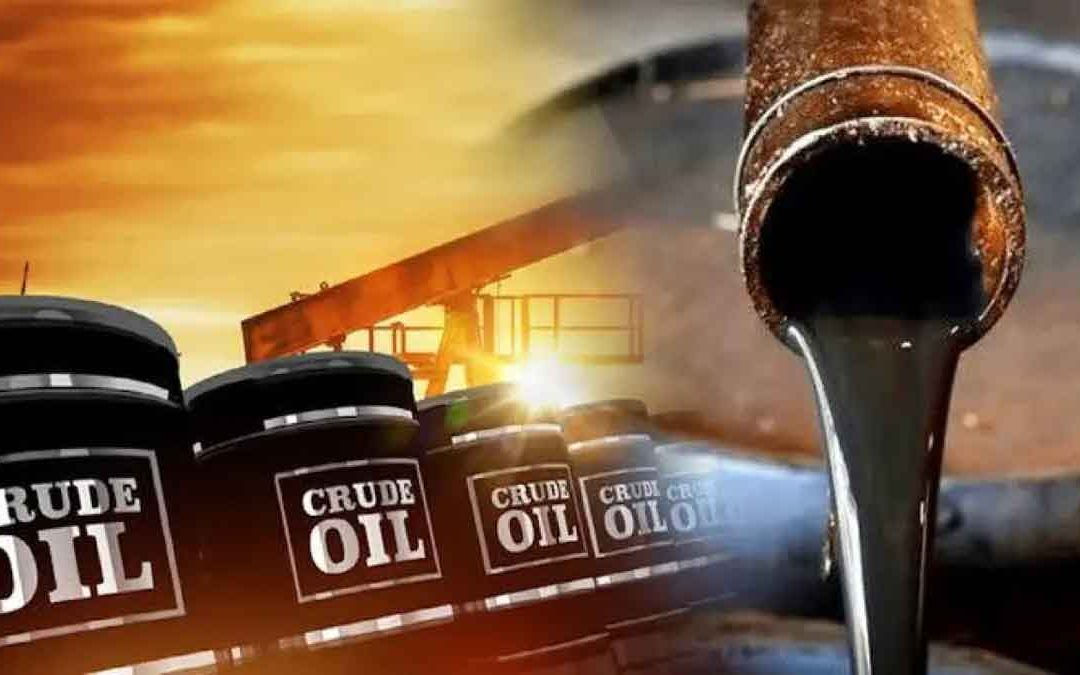On expectations that demand will fall as the extreme heat wave that has been engulfing much of the central region of the country and Texas begins to subside, natural gas yesterday declined by -0.29% to 209.3. Extreme heat increases the quantity of gas burnt to generate cooling power, notably in Texas, which derives the majority of its electricity from gas-fired plants. In the meantime, the Caribbean Sea or Gulf of Mexico might become the site of a tropical storm in the coming week, according to the U.S. National Hurricane Centre (NHC).
The average petrol output in the Lower 48 States of the United States has decreased to 101.6 billion cubic feet per day (bcfd) so far in August from 101.8 bcfd in July, according to data source Refinitiv. Despite a seasonal cooling, meteorologists predict that through at least September 9, the weather in the Lower 48 states will continue to be largely hotter than usual.
Refinitiv predicted that the demand for U.S. petrol, which includes exports, would increase from 103.9 bcfd this week to 104.3 bcfd the following week before falling to 102.6 bcfd as the weather gets cooler. Due to an anticipated rise in the volume of gas flowing to liquefied natural gas (LNG) export facilities, the projection for the coming week was higher than Refinitiv’s outlook on Thursday.

